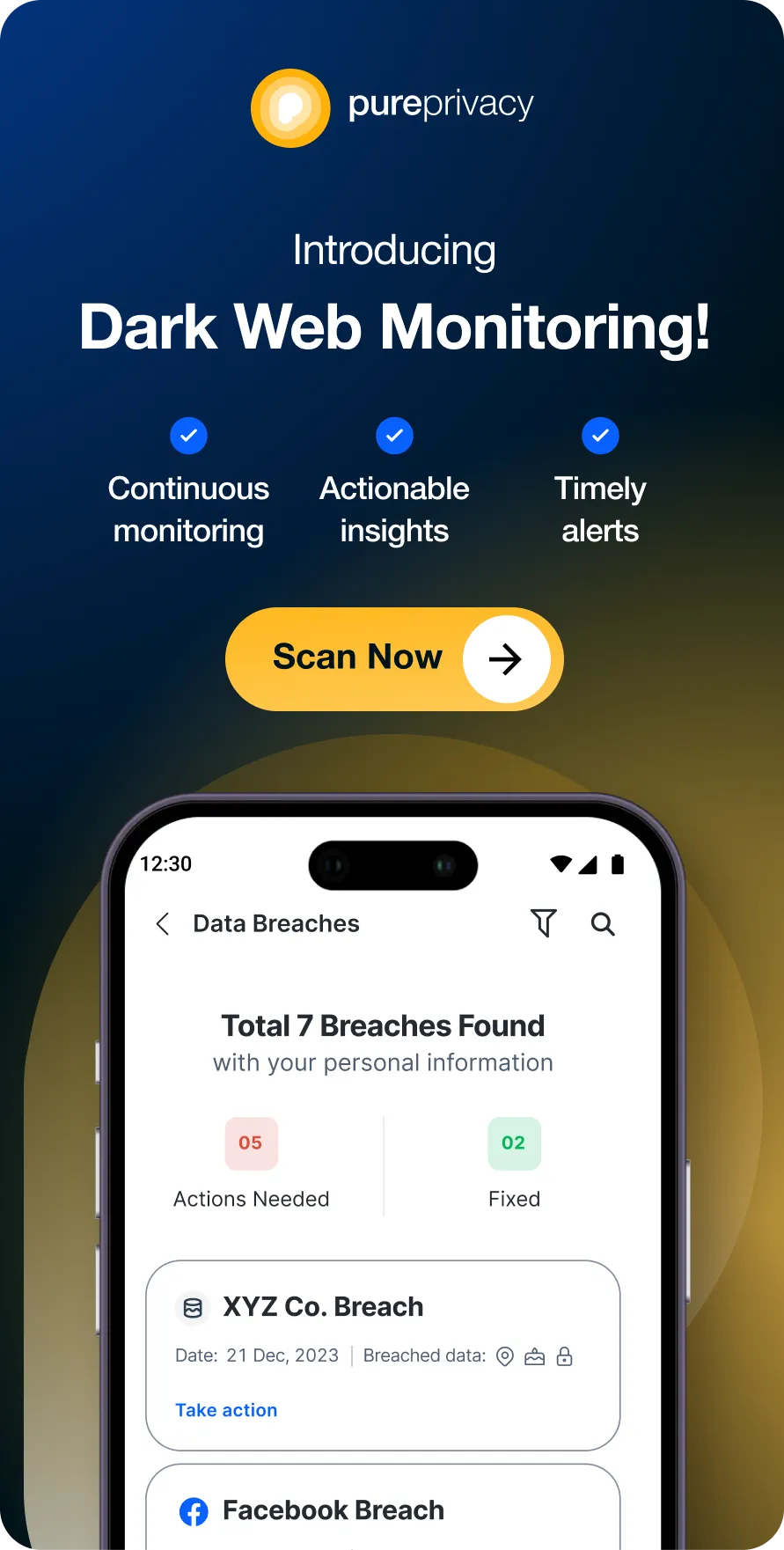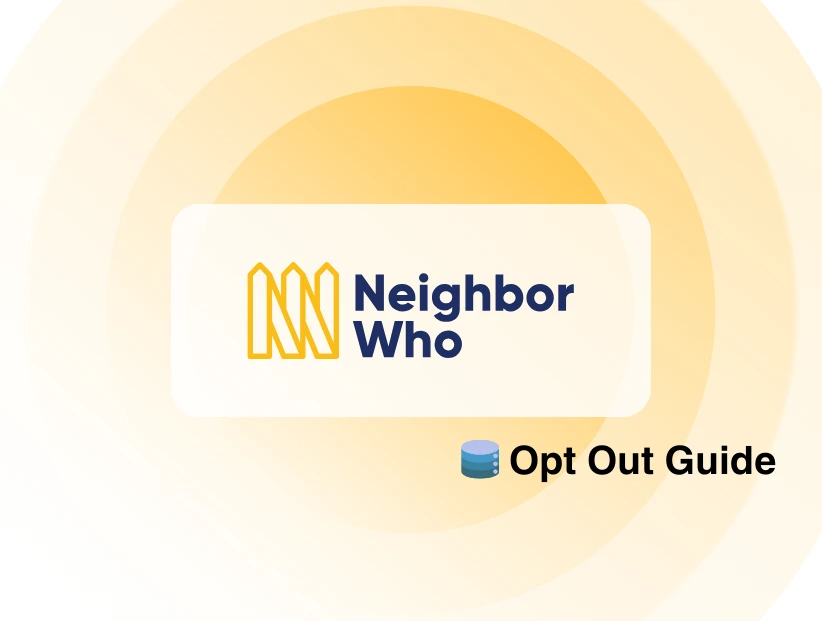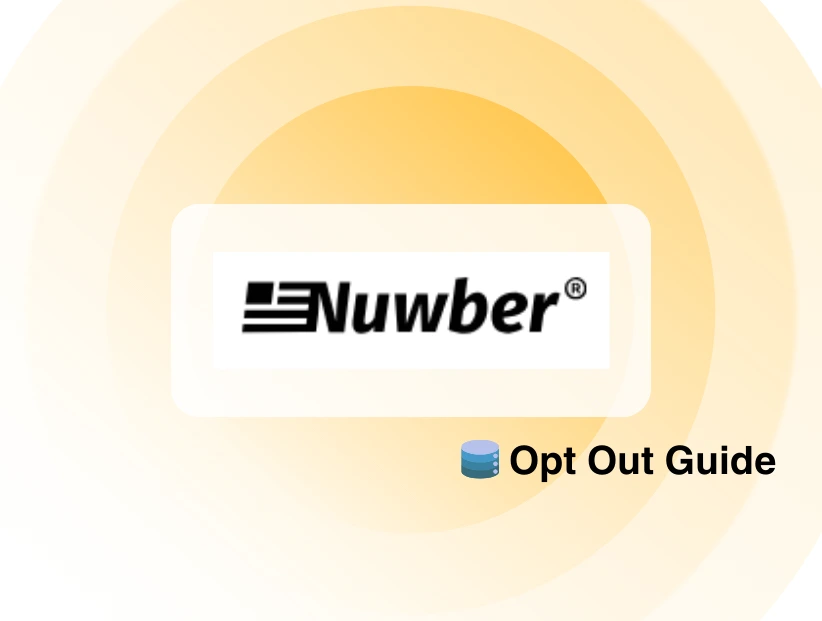Whether you’re an avid online gamer or need remote access to a local server, port forwarding can provide the solution you are looking for. This guide will walk you through the steps to set up port forwarding on a Dish router.
What is Port Forwarding?
Port forwarding, also known as Port Mapping, is a technique used for network configuration that allows specific incoming traffic to be redirected to a particular device on your local network creating a map between two devices. This ensures that the right device receives the intended data.
How to Open Ports on a Dish Router
- Log in to your router by entering its IP address into your web browser.
- Click on advanced settings or the firewall section of your router's configuration.
- Create a new Port Forwarding rule by entering the protocol (TCP or UDP), public port number that you want to open, private IP address, and private port number of the device you want to forward the traffic to.
- Now click on Save or Apply to activate the port forwarding rule.
Read also: How to Port Forward Spectrum
Required Ports for a Dish Router
Following are some of the ports commonly used while setting up port forwarding on a dish router:
- Port 80 (TCP): For HTTP/Remote Control Access.
- Ports 5000-5500 (TCP/UDP): For streaming TV content to external devices.
- Port 8080 (TCP): For accessing DVR remotely.
- Port 443 (TCP): For secure communications (HTTPS).
- Port 53 (TCP/UDP): For DNS resolution.
Why Opening Ports behind a CGNAT is an Issue?
CGNAT or (Carrier-Grade NAT) is performed by some ISPs (Internet Service Providers) to prevent bandwidth and IPv4 exhaustion, and allows an ISP to assign a single IP to multiple consumers who are relying on the same network. You won’t be able to open ports on a router behind CGNAT. Even if you can port forward routers sitting behind CGNAT, chances are your IP can be blacklisted or blocked.
How to Open Ports on Routers Behind CGNAT
To avoid the difficulty of going through CGNAT, use PureVPNs port forwarding add-on using these steps:
- Visit PureVPN’s member area and log in.
- Go to the Subscriptions tab.
- Click Configure.
- Enter your desired port settings.
- Hit the Apply button.
Frequently Asked Questions (FAQs)
-
How to find my IP address?

Use the command prompt on your PC and type ipconfig or ifconfig and press enter. You'll find your IP address under IPv4 or inet.
-
Is port forwarding secure?

Port forwarding is secure when used carefully because it leaves your ports open when you are trying to port forward. So use strong security measures like PureVPN to hide your IP address.
-
Can I forward multiple ports?

Yes, you can set up multiple port forwarding rules to forward traffic to different devices on your network.
-
What happens if I have misconfigured port forwarding?

Misconfigured port forwarding rules can lead to security vulnerabilities and network issues. We recommend you double-check your settings and use your router's manual if needed.
In Summary
By following these steps and addressing the challenges of CGNAT, you can successfully set up port forwarding on your Dish router. Whether you choose the manual method or PureVPNs port forwarding add-on, you can enhance your online experience seamlessly.




